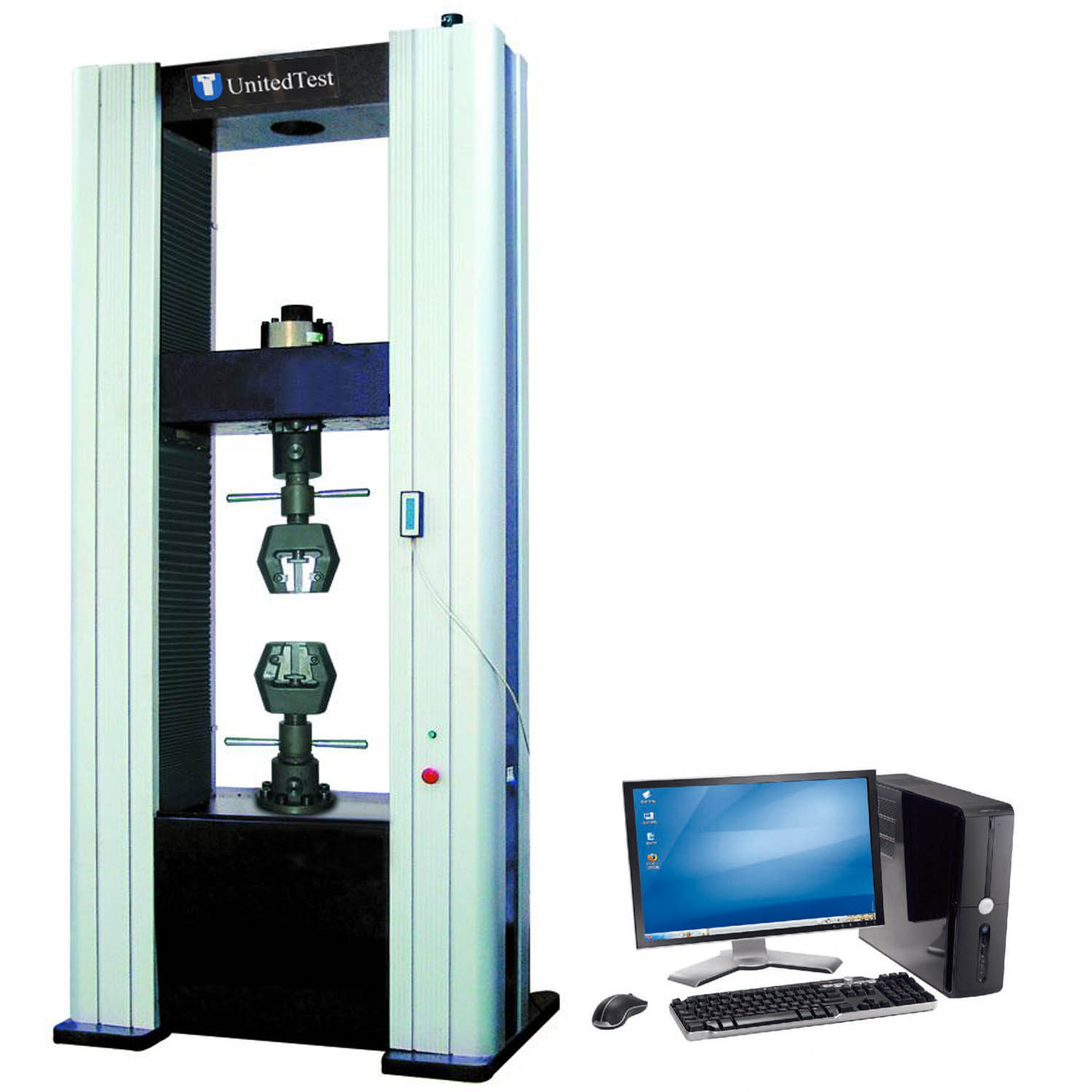ASTM D6706 Geosynthetic Pullout Test machine for Measuring Geosynthetic Pullout Resistance in Soil,
A geosynthetic material is placed between two layers of soil. A normal load is applied to the setup. The geosynthetic is clamped on one end and pulled out of the soil. The force required to pull the geosynthetic is recorded. Pullout resistance is calculated by dividing the maximum load by the specimen width. A plot of maximum pullout resistance versus applied normal stress is produced when multiple tests are performed at multiple normal loads.
UnitedTest UT4064 Geosynthetic direct shear pull-out friction testing machine By testing the pull-out friction resistance of the geosynthetic material and the surrounding soil, the pull-out resistance characteristics of the geosynthetic material were determined. It is suitable for soil of various soil properties and states and various types of geotextiles, geomembranes, geotextiles and geogrids.
Test principle
The principle of the direct shear test is to place the sample in a shear test frame, apply two parallel horizontal forces above and below, so that the sample undergoes shear failure in a direction perpendicular to the horizontal plane, and calculate the shear strength of the sample based on the stress-strain curve obtained in the experiment.
Conform with standard:
ISO 12957.1 Geosynthetics — Determination of friction characteristics
ASTM D5321 Standard Test Method for Determining the Shear Strength of Soil-Geosynthetic and Geosynthetic-Geosynthetic Interfaces by Direct Shear
GB/T 17635.1 Geotextiles and geotextile-related products-Determination of friction characteristics-Part 1: Direct shear test
JTG E50 T1129 Direct shear friction characteristics test
SL/T 235 Code for Test and Measurement of Geosynthetics
ASTM D6706 Standard Test Method for Measuring Geosynthetic Pullout Resistance in Soil
JTG E50 T1130 Pull-out friction test













